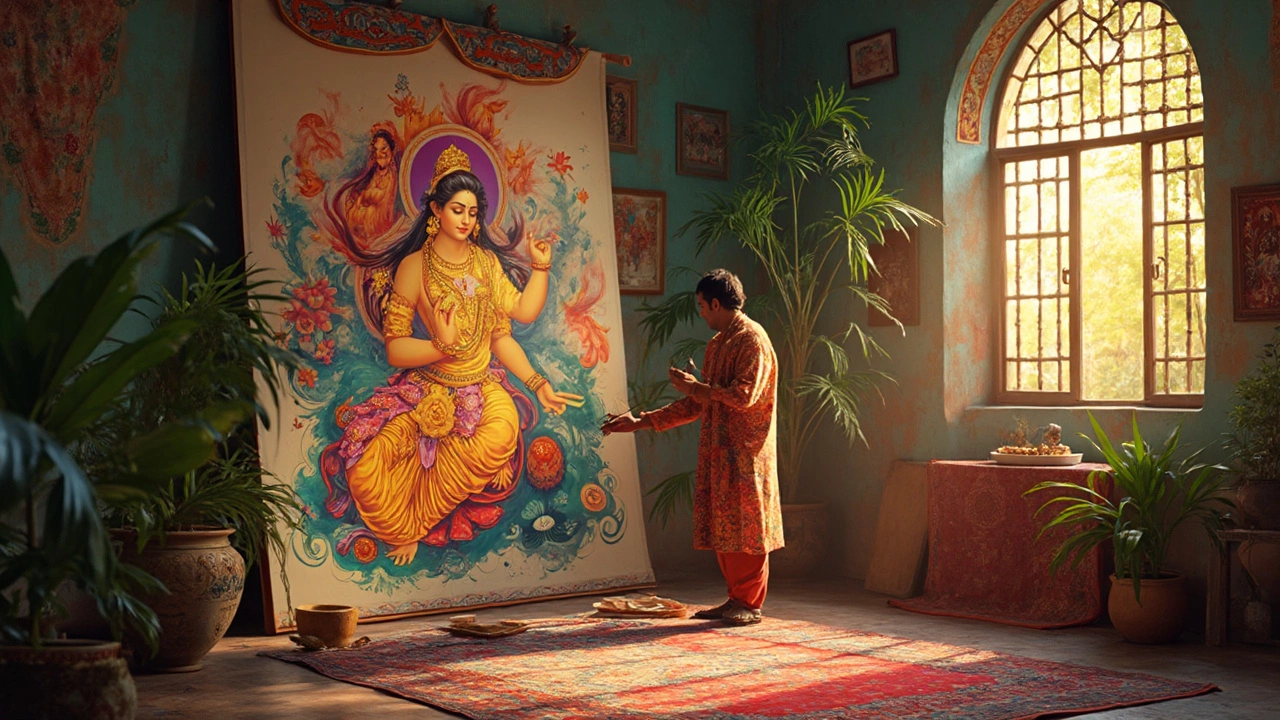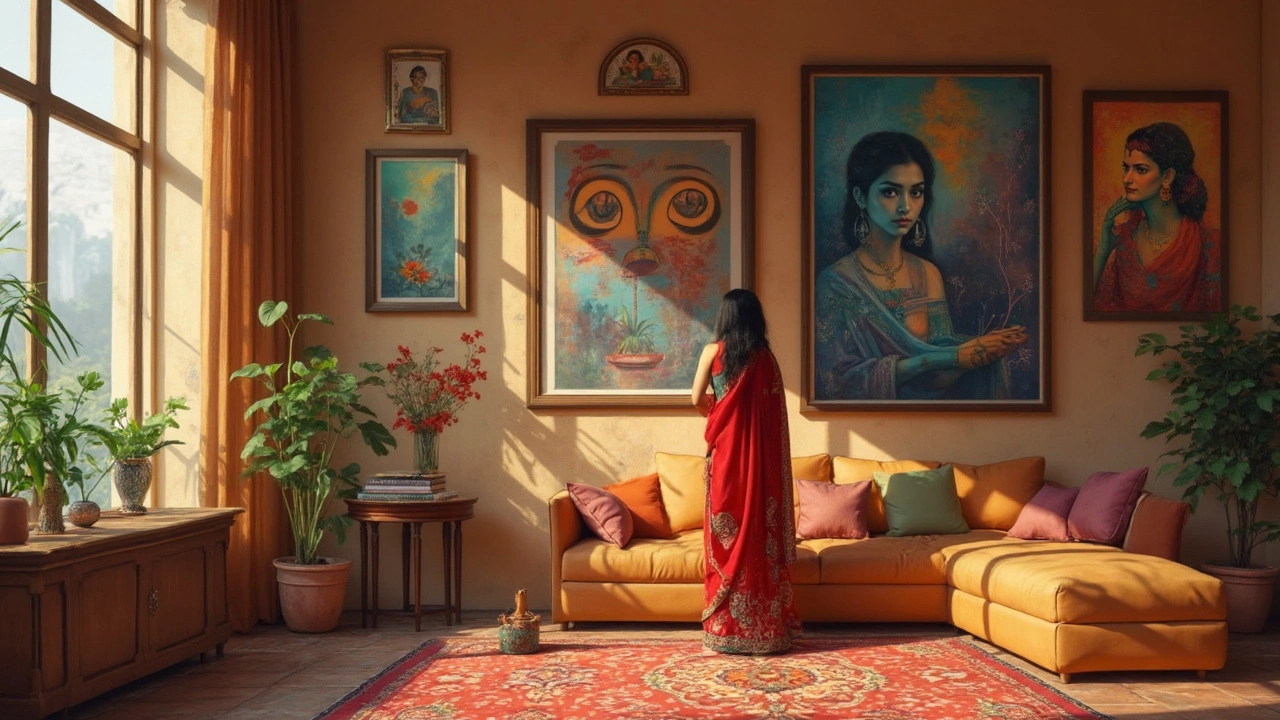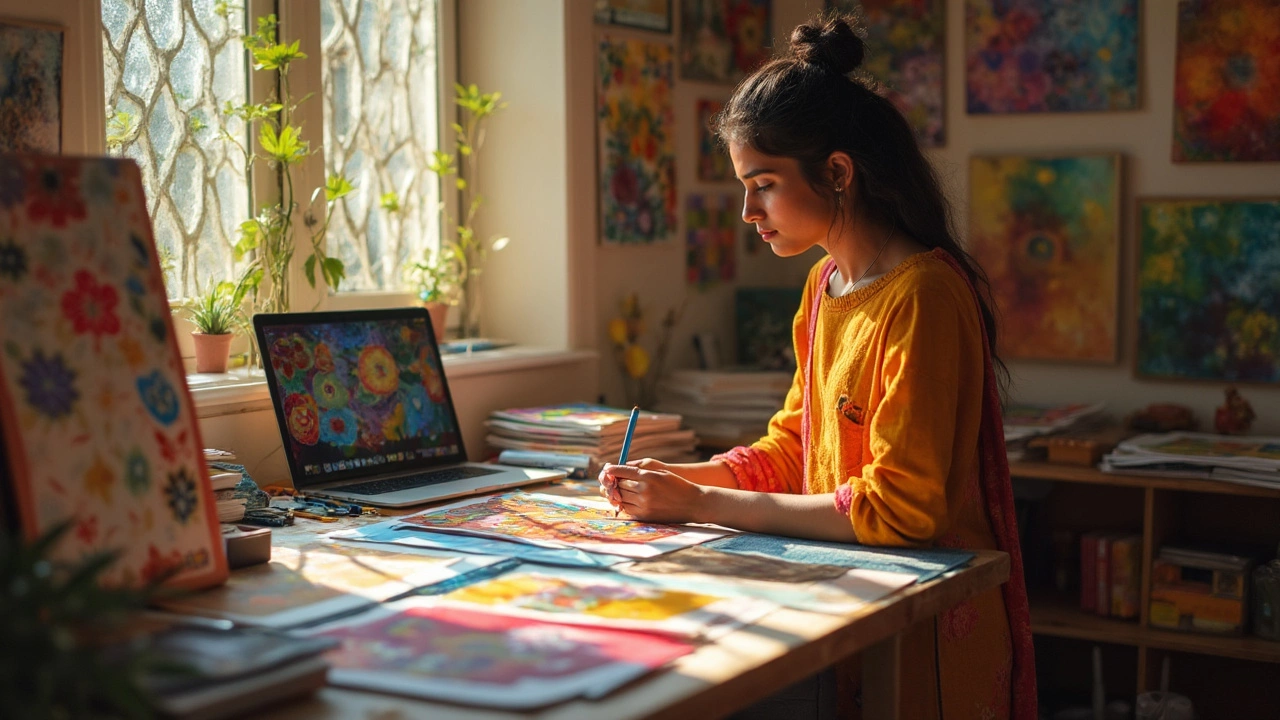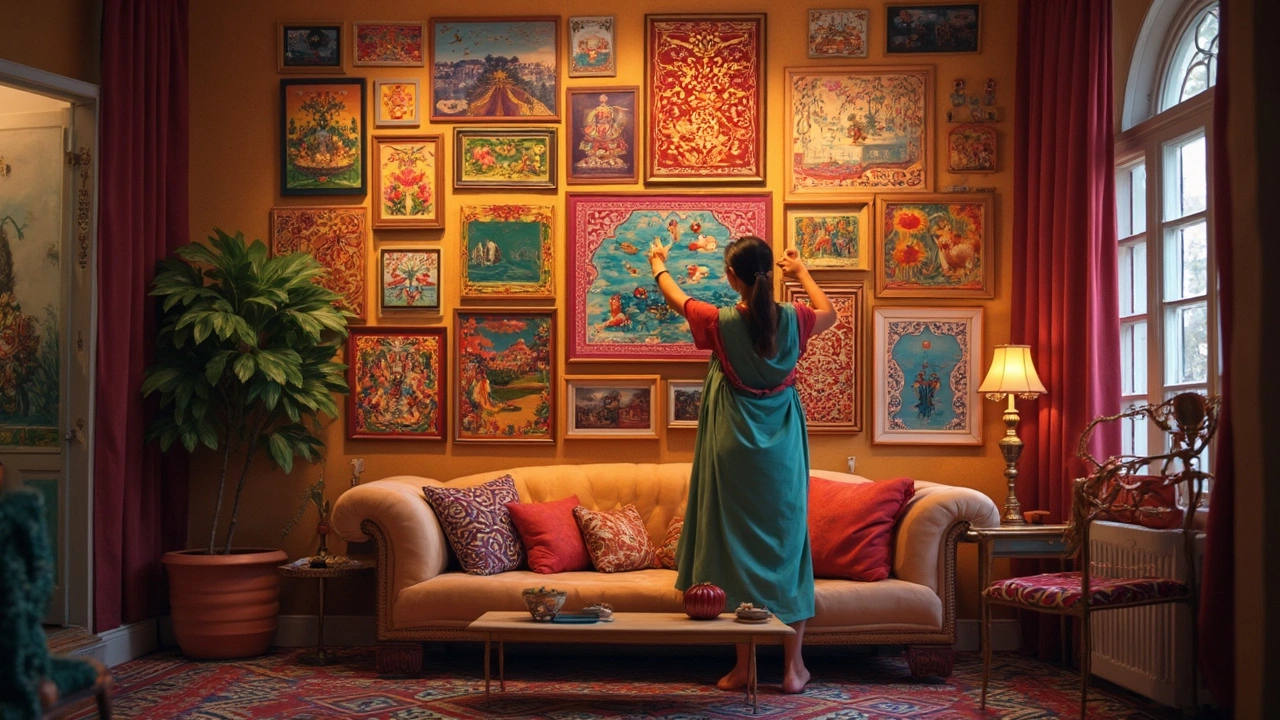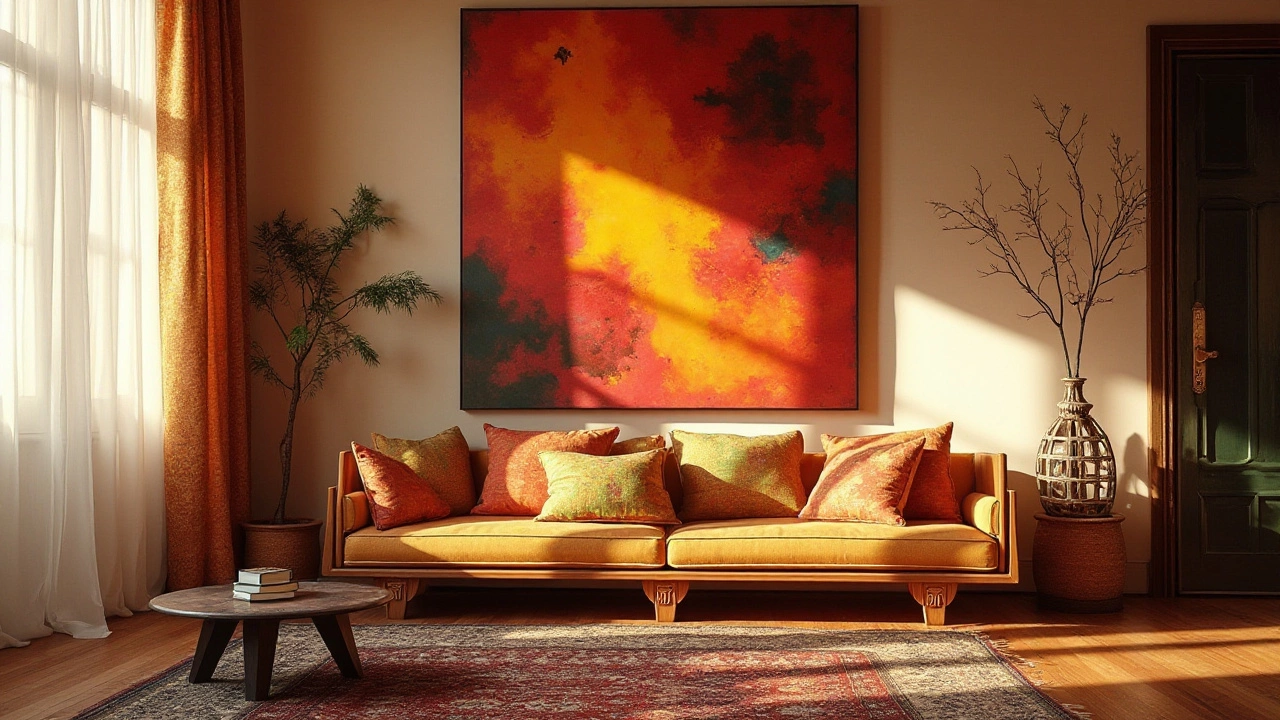Art Prints: What Sells, What Looks Good, and How to Get It Out There
If you’re new to art prints, the first question is usually “what should I make?” The answer isn’t a mystery – it’s a mix of size, style, and where you show it. Think of a print like a poster you could hang in a coffee shop or a framed piece in a living room. Knowing the sweet spots helps you create work that people actually want to buy.
Best‑Selling Print Sizes
Most buyers look for prints that fit standard frames. The three sizes that dominate the market are 8×10 inches, 11×14 inches, and 16×20 inches. The 8×10 is cheap to ship and fits small walls or office cubicles. The 11×14 adds a little impact without being overwhelming, perfect for galleries and home offices. The 16×20 feels like a statement piece; it works great above sofas or in entryways.
Why do these sizes matter? Retailers and online platforms often list their frames by these dimensions, so a buyer can picture the final look instantly. If you design with these sizes in mind, you reduce the need for custom framing, keep shipping costs low, and increase the chance of a quick sale.
Another tip: offer a “print set” that includes a small 8×10 and a matching 11×14. Bundles give buyers a reason to spend a little more while getting a cohesive look for their wall.
Top Trends & How to Market Your Prints
Right now, two trends dominate the art‑print world. First, people love minimalist line art and abstract shapes that add a modern vibe without stealing the room’s focus. Second, nature‑based prints – think close‑up leaves, desert dunes, or subtle watercolor skies – are in demand for home‑office décor.
When you create a new series, pick one of these themes and stay consistent with colors and mood. Consistency makes it easier for buyers to imagine a whole wall of matching pieces.
Marketing doesn’t have to be complicated. Start with a strong title and a short description that includes the size and style. Use keywords like “8×10 abstract line art” or “11×14 nature print” – this tells search engines exactly what you’re offering.
Show the print in a realistic setting. A quick photo of the artwork on a simple wall with a plant or a sofa helps shoppers visualize the piece. If you don’t have a styled photo, use a mock‑up tool – it’s fast and looks professional.
Finally, price smartly. Look at similar prints on the platform you’re using. If a 16×20 abstract piece sells for $80, set yours a few dollars higher if your brand has a following, or a few dollars lower to attract first‑time buyers.
Keep these basics in mind: pick the right size, follow the current style trends, and make it easy for shoppers to see the print in their space. Do that, and you’ll see more clicks turn into sales.
